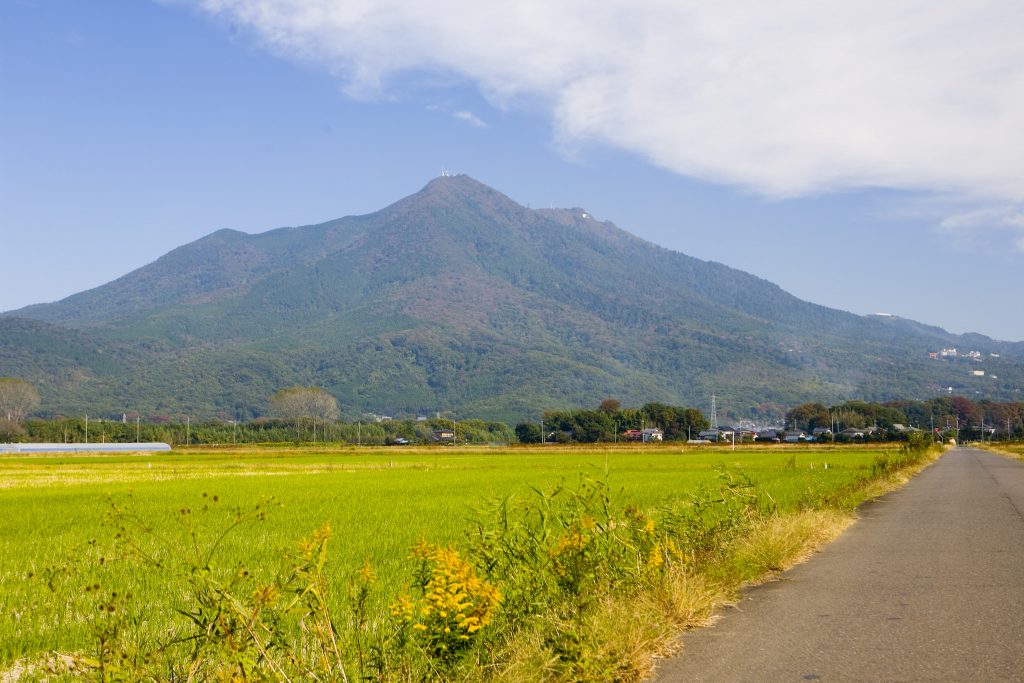Welcome to Tsukuba, Japan!
Tsukuba is located in southern Ibaraki Prefecture, approximately 50 kilometers from central Tokyo and about 40 kilometers from Narita International Airport. Mount Tsukuba, from which the city takes its name, is located in the northern part of the city. Except for the area around Mount Tsukuba, the city is a part of the Kantō Plain with an altitude of 20 to 30 meters.
Tsukuba is a city in Japan’s Kantō region, on Honshu island. In the city center, Tsukuba Expo Center has interactive science displays and a planetarium. Tsukuba Space Center has a rocket engine and exhibits on space exploration. North, a funicular railway and cable car run to the twin peaks of Mount Tsukuba, known for its fall foliage. At the foot of the mountain, Tsukuba-san Shrine was founded in the 7th century.
.

Mt. Tsukuba
One of famous mountains in Japan
From old times, it has been said “Mt.
Tsukuba in the east and Mt. Fuji in the west."
Also,because the color of the mountain's surface chenges
to purple when basking in the morning and evening
sunshine, it is said that Mt. Tsukuba is a Reiho(a
sacred peak) of the Kanto region, and is called “Shiho”,
means which means “Purple Peak”
More information, please visit: https://www.mt-tsukuba.com/global/en/
(Please contact the secretary for the inviation letter if needed.)
Invitation letter Notes:
1. A Letter of Invitation (from our organization) is a proof that your paper submission and registration application are accepted by the conference committee board. It will be stated in English and may help with your visa application. However, it does not guarantee you a visa.
2. Invitation letters will only be issued once your registration and payment have been completed and it will be sent by e-mail.
3. For those who require a visa, please note that the Organizing Committee has no control over the visa application process, or the decision of the visa adjudicator in the embassy or consulate. The conference cannot be responsible for actual visa issuances. The process length varies from individuals, you are strongly advised to start your application as soon as you can.
4. Should your application be denied, we cannot change the decision of the Ministry of Foreign Affairs, nor will we engage in discussion or correspondence with the MOFA or the Embassy on behalf of the applicant.